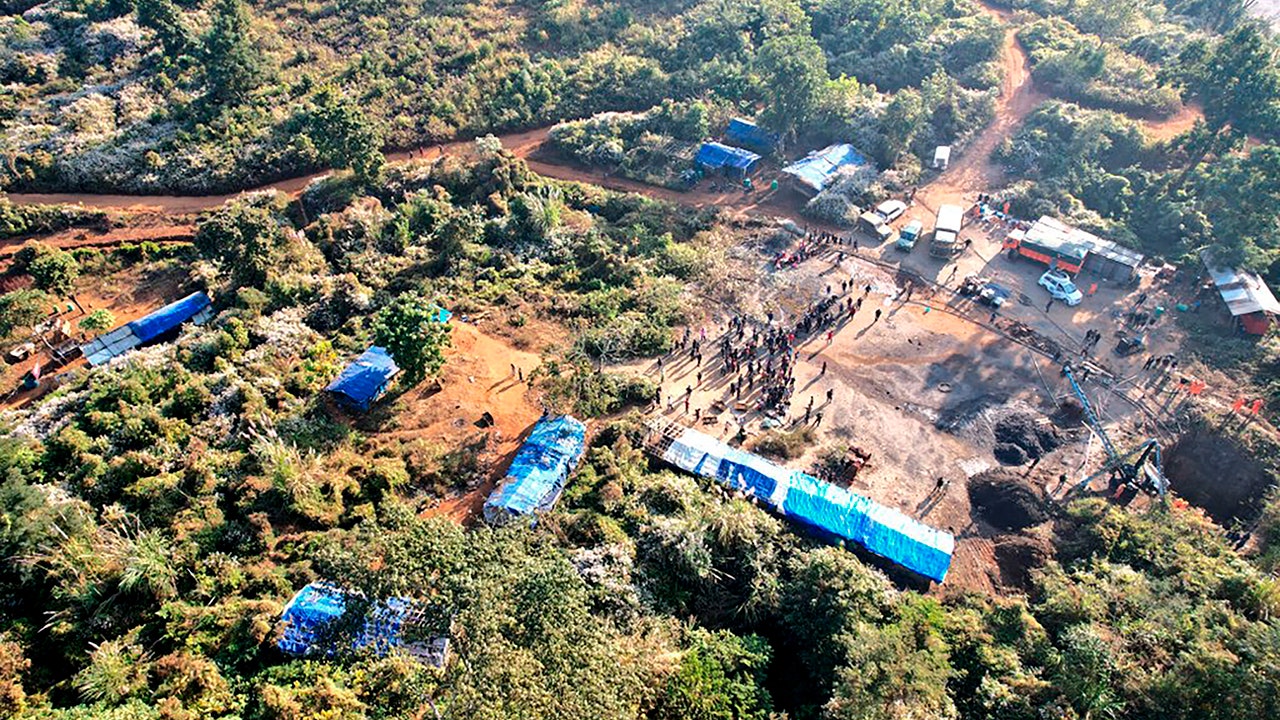The information is based on public statements by host countries, contacts with immigration services from inside Syria, and border monitoring by the agency and partners.
UNHCR said the Turkish Minister of Interior reported that 35,113 Syrians have voluntarily returned home.
Jordan returnees’ demographic shift
For its part, Jordan noted that more than 22,000 people have entered Syria through its territory, 3,100 of whom were registered refugees.
UNHCR teams noticed a shift in demographics of returnees from Jordan this week, with more women and children returning rather than men travelling alone.
“When interviewed, some families reported that the head of household would stay in Jordan for several more months in order to earn money that will support the family’s re-integration inside Syria before joining them,” the agency said.
Displaced within Syria
Approximately 664,000 people remain newly displaced across Syria, mainly in Idlib and Aleppo governorates. The majority, 75 per cent, are women and children.
Moreover, nearly 486,000 internally displaced persons (IDPs) have returned to their areas of origin, mainly in Hama and Aleppo governorates.
“Prevailing insecurity – including armed clashes, increased criminal activity, and unexploded ordnance – continues to present challenges for civilians and will likely influence the potential decision to return home faced by Syrians living outside the country,” UNHCR said.
Figuring out needs
The agency continues to engage with caretaker authorities, which includes a meeting held this past Sunday with the Governor’s Office in Dar’a to discuss humanitarian needs there.
UNHCR also continues to visit active border crossings, monitor processes, and listen to Syrians crossing back into the country about their priorities and needs.
Furthermore, rehabilitation of 200 partially damaged houses in Rural Damascus has resumed, with completion expected by the end of this month.
Core relief and winter items have also been distributed to returnee families in Damascus, Homs and Idlib governorates as well as to IDPs living in collective centres and unfinished buildings across Ar-Raqqa and Al-Hassakeh governorates.
The view from Lebanon
Meanwhile, the number of Syrians departing Lebanon through official border crossings remains “low but steady”.
These journeys are predominantly through the Masnaa crossing and include people who may be making short trips to assess the situation in Syria.
Over the last 10 days, a maximum of 100 to 200 people have been in the no-man’s land area at any one time, UNHCR said, either being processed to enter Lebanon or going back into Syria.
A small number of families who were stranded over the New Year period were assisted by UNHCR and the UN Children’s Fund (UNICEF) while waiting to be processed for entry.
Iraq: Crossings from Kurdistan Region
The movement of Syrians through the Peshkabour border crossing with the Kurdistan Region of Iraq has also continued, reaching approximately 300 to 400 daily.
Most of those making the crossing into Iraq are of Kurdish ethnicity and indicate that they are either coming to the Kurdistan Region temporarily for family visits or using it as a transit point – planning to return to Syria afterwards.
Over the past three weeks, 948 Syrians have permanently returned through official processes, and 105 were refugees registered with UNHCR.
Seeking assistance in Egypt
In Egypt, UNHCR continues to see a higher-than-average number of case closure requests from Syrian refugees.
Between 8 and 29 December, a total of 1,448 closure requests involving 2,695 individuals have been submitted, averaging 97 per working day compared to the November average of seven closure requests.
UNHCR Egypt continues to provide counseling support to Syrians seeking information about the situation in their homeland.
Of most concern is whether the agency can assist with repatriation support; whether fines for overstays and delayed residence permits can be waived upon exit; if returning to Syria is safe; and which routes should be avoided.





